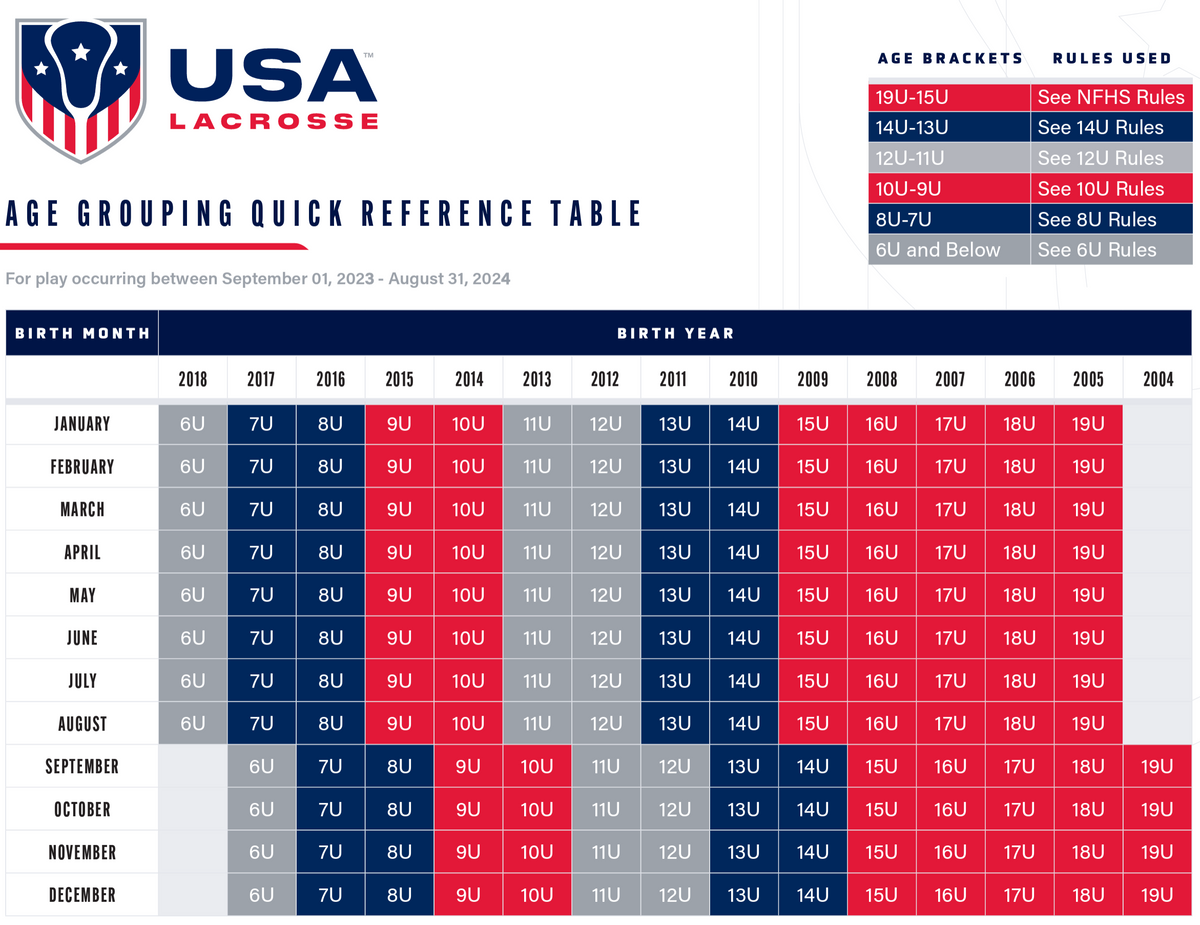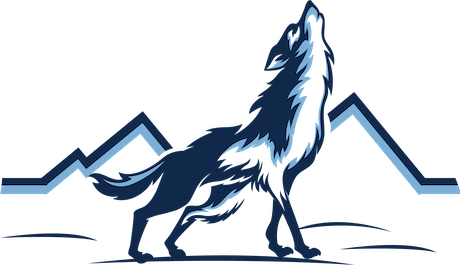Programs
Sun Valley Lacrosse offers Boys & Girls Lacrosse for K - 2nd, 3rd/4th, 5th/6th, 7th/8th and High School age divisions in the Wood River Valley. Sun Valley Lacrosse has partnerships with the top lacrosse companies and players in the world. This allows us with the opportunity to provide the best to our players, in every aspect of the game, from coaching and clinics to education and tournaments.
Sun Valley Lacrosse was founded in 2020 by Conor Quinn and Mike Kennedy. In 2021, our first Spring season, over 180 lacrosse players registered from 12 different schools in our valley, traveling to games, jamborees and tournaments throughout the state of Idaho and Wyoming. Sun Valley Lacrosse also created the first ever girls lacrosse program in the Wood River Valley. In 2022, over 230 players were registered to play lacrosse.
Sun Valley Lacrosse provided the first ever Summer lacrosse season in 2021, offering over 30 different lacrosse opportunities during the summer including camps, clinics, training sessions and our Tuesday throw-around sessions at Sage Willow. Summer Lacrosse has continued every summer since.
Sun Valley Lacrosse is proud to have also created the first ever Fall Ball season in our valley in 2021. Fall Ball Lacrosse runs from September through October, until the snow falls onto our fields.
In 2024, Sun Valley Lacrosse added High School Lacrosse to the program, competing against teams in the IHSLL (Boys) and TVWLL (Girls).
Do You Need Equipment?
Visit our EQUIPMENT page for 15% OFF lacrosse STICKS and EQUIPMENT.
Policy on Age & Eligibility
Grouping players of similar age helps to create a “level playing field” and goes a long way to accomplishing our goals. An athlete's physical and cognitive maturity and development has a significant impact on overall player safety. When players are grouped on teams without consideration of the significant differences in the physical and emotional maturity of players competing with and against each other, safety and quality of play may be jeopardized.
Sun Valley Lacrosse sets divisions of teams based upon the current school grade that our student athletes are in. Current divisional structures for Boys and Girls Youth teams are:
Kindergarten/2nd grade (U8), 3rd/4th (U10), 5th/6th (U12), and 7th/8th (U14).
Sun Valley Lacrosse also references USA Lacrosse’s Age Grouping Reference Table as further consideration for deciding each athletes proper team/division (based on birthdate).
Ultimately, each student athlete should be playing amongst their peers of similar ages from their similar school class level.
Sun Valley Lacrosse does not allow players to 'play-up' or 'play-down.'
The youth age groupings were designed to align as closely as possible with students’ grade level in school so that they can participate with their classmates.
Our goal is to keep our players safe on the field – while offering a fun, competitive and sportsmanlike environment.
The chart below is used as a reference for age appropriate grouping. Contact info@SunValleyLacrosse.com with any questions.

Girls and Boys Curriculum
The Sun Valley Lacrosse curriculum adheres to the Lacrosse Athlete Development Model (LADM) developed by USA Lacrosse.
The LADM’s core values are as follows:
· FUN and play centered. #1 reason to play sports.
· Small sided and free play. Play, creativity and learning.
· Multi-sport participation. Diversity makes great athletes.
· Physical literacy. Knowing how to move.
· Trained coaches. Better experience for players
· Inclusive and age appropriate. The right lacrosse at the right time.
The LADM identifies 6 stages of development, as follows:
· Stage 1: Discovery (Birth to 6 years old): Gives the youngest players the opportunity to develop basic movement skills like running, jumping, landing, kicking, scooping, throwing and catching in a fun setting, built around informal play and positive reinforcement. Kids play and explore movement through many physical activities.
· Stage 2: Fundamentals (6 to 9 years old): Allows children to develop their movement ABCs — agility, balance, coordination, and speed — and learn the basics of the game while emphasizing fun, cooperation, and maximum touches with the ball. Kids sample lots of different physical activities and sports.
· Stage 3: Foundations (8 to 12 years old): This is the “golden age” of learning and sport skill development. Children become less self-centered and are able to reflect on their actions and learn from their mistakes. This is the optimal time to learn and build a large repertoire of lacrosse-specific skills and learn the basic principles of play in a fun, challenging environment. Players sample many physical activities and sports in addition to lacrosse.
· Stage 4: Emerging Competition (11 to 14 years old): This is the stage in which we make or break the athlete; when children choose to continue participation in the sport. This is the time for developing strong technical skills and is the dawning of tactical awareness. Players are also introduced to concepts like mental preparation, goal setting, and coping with winning and losing. Players learn advanced technical skills and position-specific techniques. The major focus is on applying skills, strategies and tactics from practice to competitive situations. Athletes participate in several sports throughout the year or in a variety of physical activities.
· Stage 5: Competitive (15 to 18 years hold): Players are now fine tuning their lacrosse skills under a variety of competitive conditions in a game format that mirrors adult play. Along with continued refinement of advanced techniques, players work to develop their tactical awareness, discipline and mental toughness. They are honing their performance in competition during this stage. Athletes may start to focus on one or two key sports or continue with a variety of physical activities.
· Stage 6:
o High Performance (19+): In this stage athletes are ready to maximize fitness preparation and sport/position-specific skills for performance on demand. The focus of practice and training is fully on optimal performance. Training programs are intense but periodized to prevent injury and burn out. Athletes are mainly focused on one sport for high performance.
o Participate and Succeed (19+): Athletes who pursue a less intense path than high performance but have the ability, confidence and desire are able to compete at a level appealing to them. Athletes can focus on performance excellence, fitness preparation, and can maximize sport and position specific skill performance for the level of competition. Athletes may choose lacrosse as the primary sport or may still engage in other competitive endeavors.
· All Stages: Lifetime Engagement (15 – 99+): Making the transition from physically literate and confident lacrosse athlete to lifelong participant in sport whether it be competitive for life, fit for life, or also engaging as a coach, official, program leader or supporter of the sport. This occurs from the athlete having a positive lacrosse experience in the other stages of development.

